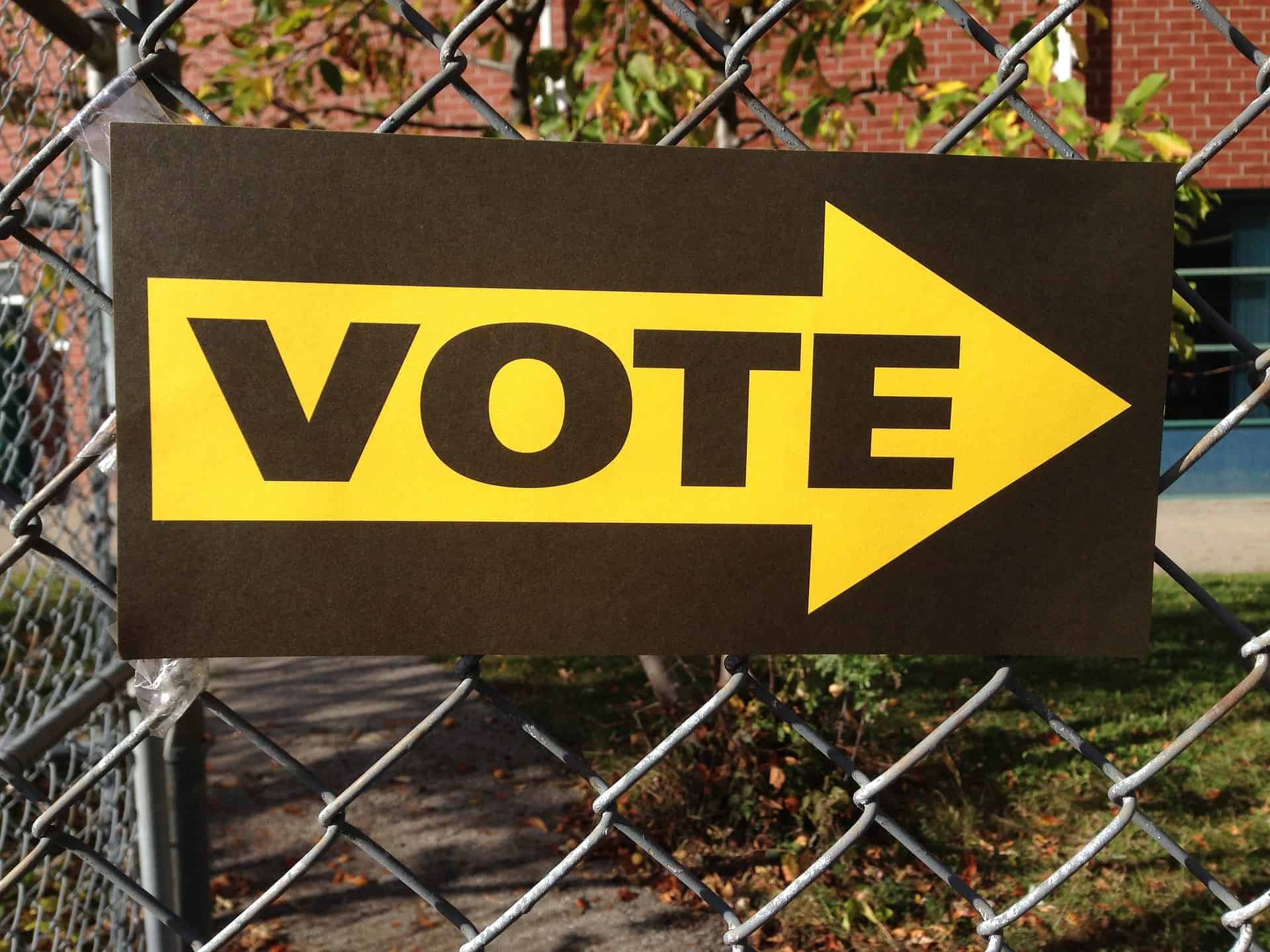Take the time to cast a ballot this October
Your vote counts in this upcoming federal election
On Oct. 19, 2015, 60 per cent of voters in Edmonton Griesbach—the federal riding that encompasses the communities this newspaper serves—marked a ballot. While that figure was more than eight per cent lower than the national average for voter turnout, it was a vast improvement over 2011, when turnout was just under 46 per cent and 2008, when it was just over 42 per cent.
A large part of that increase could be attributed to the boundary changes that occurred after the 2011 election when our former riding of Edmonton East was carved up and amalgamated with others. But at least some of it has to do with the bump in voter turnout nation-wide. In 2015, 68.5 per cent of eligible voters cast a ballot, the highest turnout since 1993, and very close to the average voter turnout of 70.7 per cent for federal elections since Confederation.
The highest voter turnouts in Canada’s history were in 1958, 1962, and 1963, when voter turnout was over 79 per cent. The lowest voter turnout on record was in 2008, when voter turnout fell to 58.8 per cent. Turnout in the 2011 federal election, at 61.4 per cent, was ranked third lowest.
I always vote and encourage others to do the same, but I’ve grown to understand why people just can’t be bothered to engage. It is very easy to be cynical when it feels like elected representatives are completely disconnected from our everyday lives. That said, your vote matters and the governments we elect have a profound impact on our lives every day. And while it might seem that the election is a foregone conclusion, nothing could be further from the truth.
The final poll before the 1958 election (which secured former Prime Minister John Diefenbaker the largest majority in Canadian history) showed the Liberals ahead of the Progressive Conservatives by 48 per cent to 34 per cent. Canada had its own “Dewey Defeats Truman” moment (you can Google that) when Maclean’s magazine printed its regular weekly issue—set to hit newsstands the morning after the vote—declaring that democracy in Canada was still strong despite a sixth consecutive Liberal victory.
Maclean’s inaccurate cover story aside, although the Liberals finished some 200,000 votes ahead of the PCs nationally, Diefenbaker’s PCs were elected handily, winning 208 of 265 seats. The following election, in 1962, saw Diefenbaker’s PCs re-elected with a minority, only to be replaced with a Pearson government that achieved four seats shy of a majority in 1963.
Since 1921, there have been 29 elections, 13 of which have resulted in minority governments. Minority governments last, on average, less than two years, but they can be very productive. The back-to-back Liberal minority governments under former Prime Minister Pearson, which relied on an alliance with the New Democrats, saw the introduction of medicare, the Canada Pension Plan, official bilingualism, and a new flag. When Pierre Trudeau led a minority government from 1972 to 1974, the New Democrats forced the creation of Petro-Canada.
While minority governments can be pushed to perform actions they might otherwise not be inclined to take, they are also less likely to pursue unpopular agendas. Like former Prime Minister Pearson before him, Stephen Harper led two back-to-back minority governments following the 2006 and 2008 elections. In retrospect, we can see that the most dramatic changes introduced by his government occurred only after they were handed a majority in 2011.
The conditions are ripe for us to see a minority government in place after the ballots are counted this fall and I, personally, could not be happier. Our governments govern best when they are held to account by other parties holding the balance of power. Of course, there’s nothing any of us can do to dictate the composition of the House of Commons come October, but each of us can do our part by taking the time to vote.
Featured Image: This October, consider casting your vote for the federal election. | Pixabay







